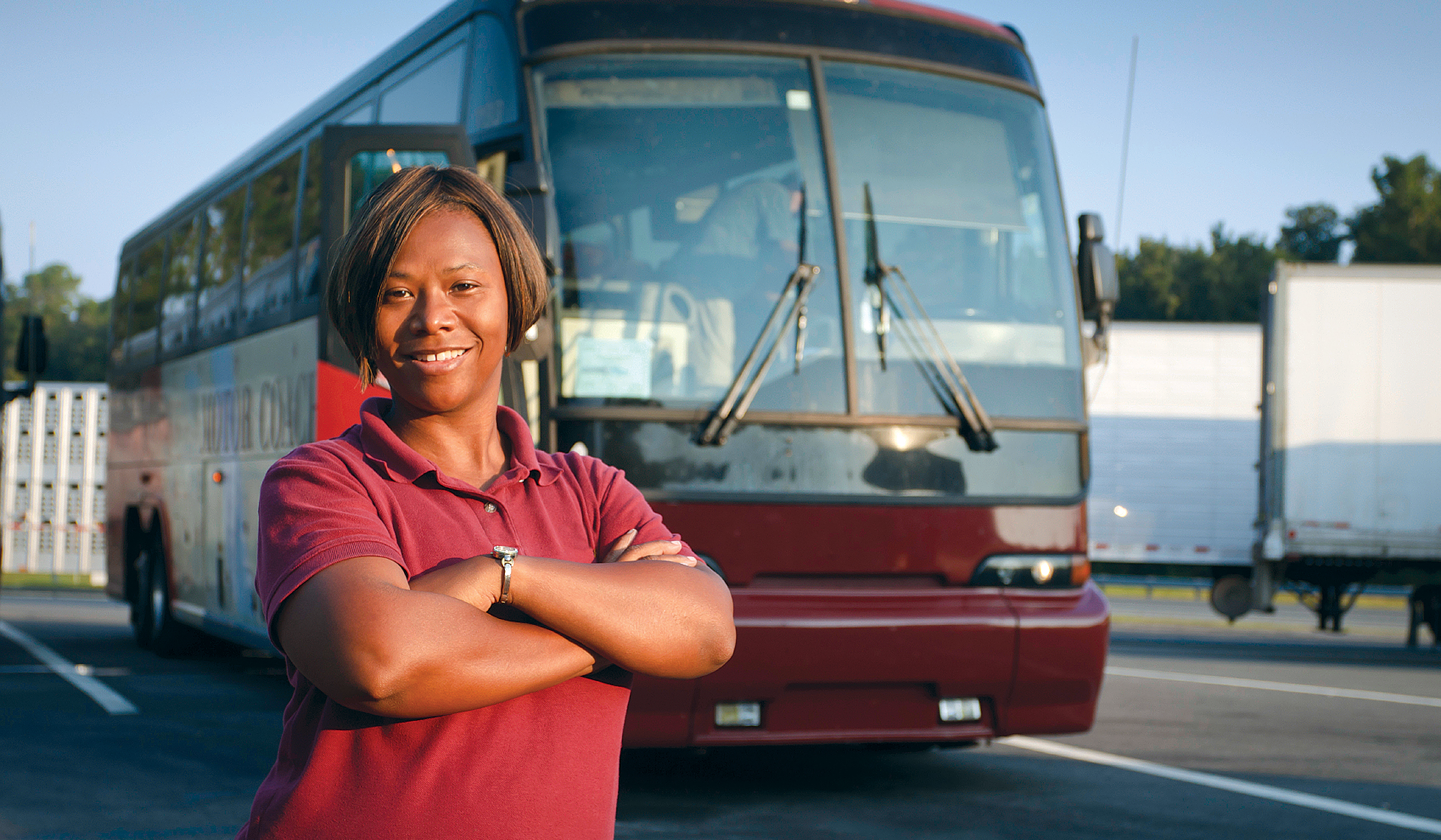
By Jeff Cassell
George, the executive director of the Moston Public Transit Agency, was sitting in his office thinking about all the problems he deals with in the operation of 54 transit buses and 21 paratransit vehicles — driver shortages, customer complaints, accidents. They are never ending; there had to be a better way.
George called all his managers to a meeting.
“Our drivers are making too many mistakes, all we are doing is putting out fires,” George said. “Surely there is a better way to get our drivers to do the job correctly. What are we doing wrong?”
Ian, the lead trainer, frowned and decided to speak up.
“We are stuck in the past,” he said. “Almost none of our practices have changed in 10 years. If we try to improve, to use better processes or materials, all we get is resistance. The answer we get is, ‘We have always done it this way.’ We are still using converted old VHS tapes and PowerPoint to train the drivers. They are bored with this and we never have anything new.”
Dispatcher Linda Spoken broke into the conversation.
“Wait a minute,” she said. “We created those training courses ourselves and they are the best in the nation.”
Meanwhile, Ryan Milner, a new supervisor very experienced in the transit business, had been listening as this discussion continued to go to and fro. He asked if he could offer his perspective from what he had learned in his few short months with the agency.
“I am sorry, but our training materials are poor and outdated; not even close to being the best in the nation,” he said. “If we want to improve, make fewer mistakes and incur fewer accidents, we have to change what we do. Our goal must be to get our drivers to Do it right the first time, every time, in everything they do.”
“That’s easy to say,” Linda said. “But, how do we do that?”
Ryan told her it requires focus, passion and the willingness to try new practices.
“It is hard work, but it can be done,” he said. “I suggest that our goals be to establish the safest, most efficient norms in everything we do. Norms that teach, train and persuade our drivers to do it right the first time, every time.”
“What do you mean, norms?” asked George.
He explained to George that norms are the way people act and perform automatically in everything they do.
“Norms are far more powerful than rules, policies and procedures and even laws,” Ryan said. “They are the socially normal way of acting; the way people act themselves and the way they expect and encourage others to act. If we set our norms at a high level, so that everyone uses best practices in everything they do, we won’t have any need to put out fires.”
George said it all sounded great, but wanted to know how the agency could accomplish it.
“I will tell you up front – it is not easy, but the returns are huge,” said Ryan. “In fact, it is the only way to consistently operate at a high level.”
He explained that many companies operate with a high level of norms and are all very successful.
“These companies include FedEx, Target, McDonald’s, Walmart, Apple, Honda, Toyota, and thousands of smaller companies,” Ryan said.
As for the Moston Public Transit Agency, Ryan reviewed the practices necessary for delivering the required services at optimum levels, which include recruitment, hiring and selection, credentialing, orientation, training, motivation and leadership.
“Only by using best practices in all these functions will we be the best that we can be,” Ryan said. “It is like a sports team. If you have an average team and then buy a great player, you will not have a winning team. A winning team means every position has to play well.”
Ryan proceeded to present his plan to the group under five key headings:
1. Leadership
2. Hiring, selection and orientation
3. Training
4. Train the trainers
5. It’s all About People
“As this meeting is about over,” George interjected, “next week I would like you to share with us what you have learned in each of these disciplines that will help us establish our safest most efficient norms.”
Ryan says leadership is by far the most important factor in bringing quality to the training.
“How and with what program and tools we train the drivers is the foundation for everything else we do,” Ryan said. “When we help our drivers to do it right the first time, every time, we will have set our highest level of norms. The alternative is to accept mistakes and accidents as a cost of doing business — and keep putting out the fires. There is no other way.”
This series by Jeff Cassell will continue in the March 2015 issue!
Jeff Cassell is president of Transit & Paratransit Company (TAPTCO), Hudson, OH. TAPTCO provides training courses that change driver behaviors. Visit www.taptco.com.
